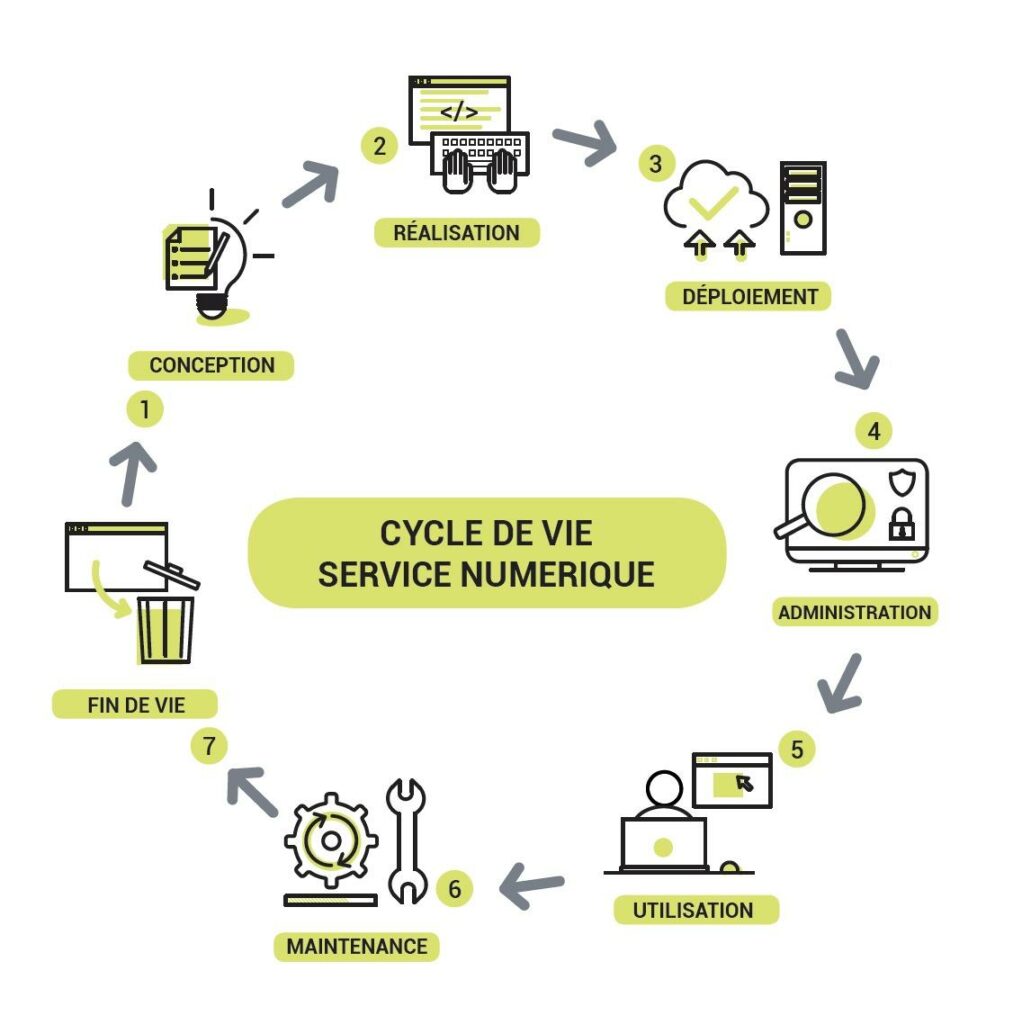Technological developments in hardware and software and the deployment of resilient broadband networks offer companies numerous possibilities for building customised digital infrastructures. Protocols ensure greater interaction between the different building blocks of information systems, which favours the construction of homogeneous and high-performance infrastructures. By merging a private and public cloud with your local infrastructure in a single logical construct, you build an elastic, agile, and secure hyperconverged environment (HCI). This hybrid cloud driven by windows server interconnects these different resources, for greater operational efficiency of the company and users, and cost optimization.
Windows server, the architect of your hybrid cloud
By using windows server and azure (Microsoft's cloud services platform), you can build an infrastructure of hybrid cloud and extend your local servers to azure to access all available on-demand services. This virtualization technology allows you to distribute your local instances to your virtual servers, deploy hybrid file servers, virtualize your storage and backup servers, and run native cloud applications. Your hybrid cloud, consisting of servers and virtual networks, will link your local environment to the resources of your private and public cloud instances, which you can provision on demand. To manage this Azure IaaS infrastructure, you have the full web application Windows Admin Center, only available for windows server users. With this interface, you can administer your entire hybrid hyperconverged infrastructure, your virtual servers, your private networks and your clusters.
Hybrid cloud infrastructure and software asset management
By connecting your information system to an infrastructure hybrid cloud with windows server and azure, you can secure resource allocation for the most common workloads running on your hyperconverged systems, such as database management, file and print services, collaborative applications like SharePoint, Exchange, virtual desktop, ERP...
Optimal workload distribution
Installation on your instances hybrid cloud of all collaborative functions and applications allows you to equip each end-user with on-premise versions of desktop applications. By spreading the workload between the cloud and the end users in this way, you optimize your software asset management. You'll be able to integrate licenses for all users that precisely meet their functional needs, without being forced to keep up with the pace of new on-demand releases imposed by vendors. By implementing an asset management strategy within your organization and using the Softcorner marketplace, you can leverage powerful tools to optimize your software assets.
Valuation of your software assets
Based on the specification of the needs of your user groups and the mapping of your software assets used on your hybrid cloud and on client workstations, you can decommission all unnecessary licenses from your information system and sell them on the Softcorner marketplace. The collaborative part of your information system (management application, document sharing, communication and Zoom videoconferencing, etc.) is managed on your hybrid cloud, you can keep or equip the various user stations with perpetual software licences such as office 2016 or office 2019, rather than the on demand versions of office 365. By integrating used software licenses, you can save up to 80 % on the software part and extend the life of your computers. With the savings you make by selling and buying used on premise licenses on the Softcorner marketplace, you can finance other IT projects related to security, mobility, multicloud...







